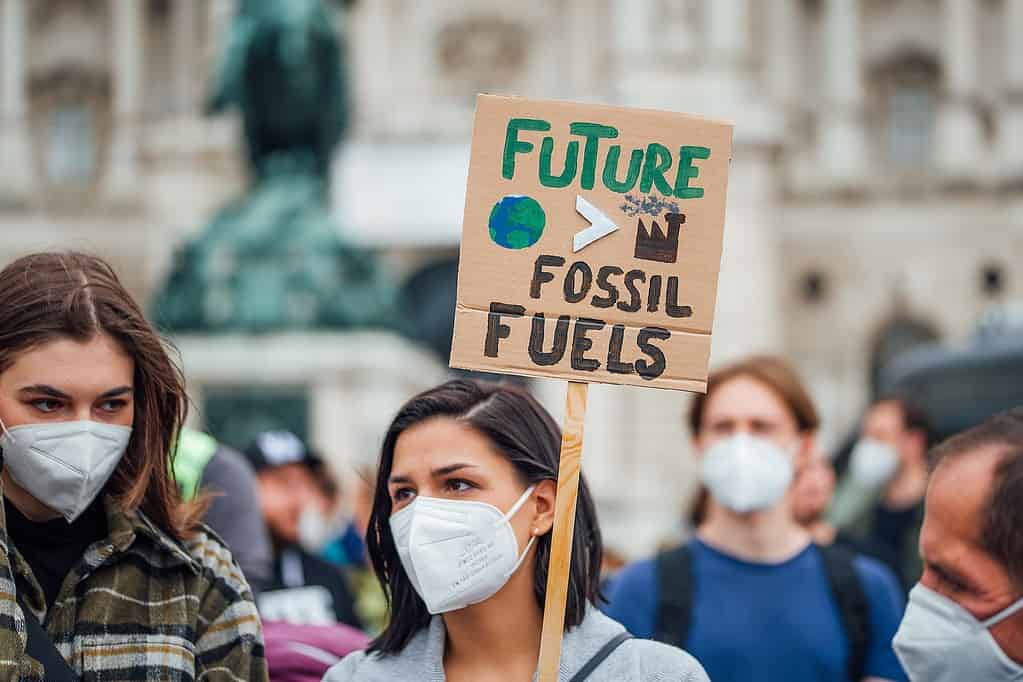A new working paper by climate experts and economists that the best course of action for the global economy is to take early and stringent measures to swiftly and significantly reduce climate pollution, delivering on the ambitious Paris Agreement on climate change and its target of limiting global warming to 1.5 degrees Celsius. According to the researchers, the measures that would reduce our emissions would also do the most to help our economy.

Back in 2015, countries agreed to implement the Paris Agreement and significantly reduce the level of global greenhouse gas emissions. However, the target of the treaty’s target is quickly slipping out of reach due to a lack of climate action. This happens as the effects of extreme weather are strongly felt across the world.
Most climate economic models have so far shown that reducing greenhouse gas emissions as strongly as needed to meet the Paris Agreement would be costly. Now, a new model has shown this isn’t necessarily the case, suggesting early and stringent action reduce emissions would make sense for the global economy.
“Inactivity leads to temperature change, increased CO2 in the atmosphere and economic damage that cannot be undone by spending more on abatement,” Adam Michael Bauer and Christian Proistosescu of the University of Illinois at Urbana-Champaign and Gernot Wagner of Columbia Business School wrote in their paper.
The economics of climate change
It’s always very difficult to estimate just how much impact climate measures will have. Some of the benefits are more direct, but others, like health benefits, are harder to assess.
The new model integrates the latest estimates from the Intergovernmental Panel on Climate Change (IPCC) on emissions, climate responses, resulting damages, and the costs of reducing emissions. The findings are based on three factors: the advantages of “learning by doing,” the economic costs associated with climate change, and a discount rate.
The principle of learning by doing explains the phenomenon of falling costs of new technologies as they are increasingly utilized. This can be observed in the significant reduction in the costs of solar panels, wind turbines, and lithium-ion batteries. A study last year found that learning by doing will determine how fast humanity can tackle climate change.
The second factor refers to the potential risk that climate change poses to economic growth. Over the past 50 years, the global economy has experienced steady growth since the Industrial Revolution. However, several studies in the last decade have suggested that economic growth could be slowed down by climate damage and recovery efforts.
The last factor is known as the discount rate, which assumes that there will be ongoing growth in the economy. This implies that a dollar received today and accruing interest might be more valuable than a dollar received in the future. Federal agencies use the discount rate when analyzing costs and benefits of proposed regulations that could have economic effects.
Considering these factors, it becomes increasingly clear that any savings from current inaction would be insufficient to cover the costs of addressing the potential damage caused by the climate crisis over time, the researchers found. “Early inaction leads to warming that cannot be undone later by spending more on abatement,” they wrote in their paper.
The amount needed to achieve the Paris Agreement target varies. Economist Mark Carnet said it would cost $100 trillion between now and 2050, while the consulting company McKinsey & Company said it would take $25 trillion. It might seem a lot but it’s still less than what it would cost to repair the damages triggered by climate change.
The study can be accessed here. However, it has not been peer-reviewed yet.






